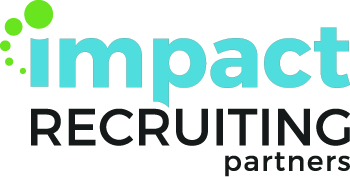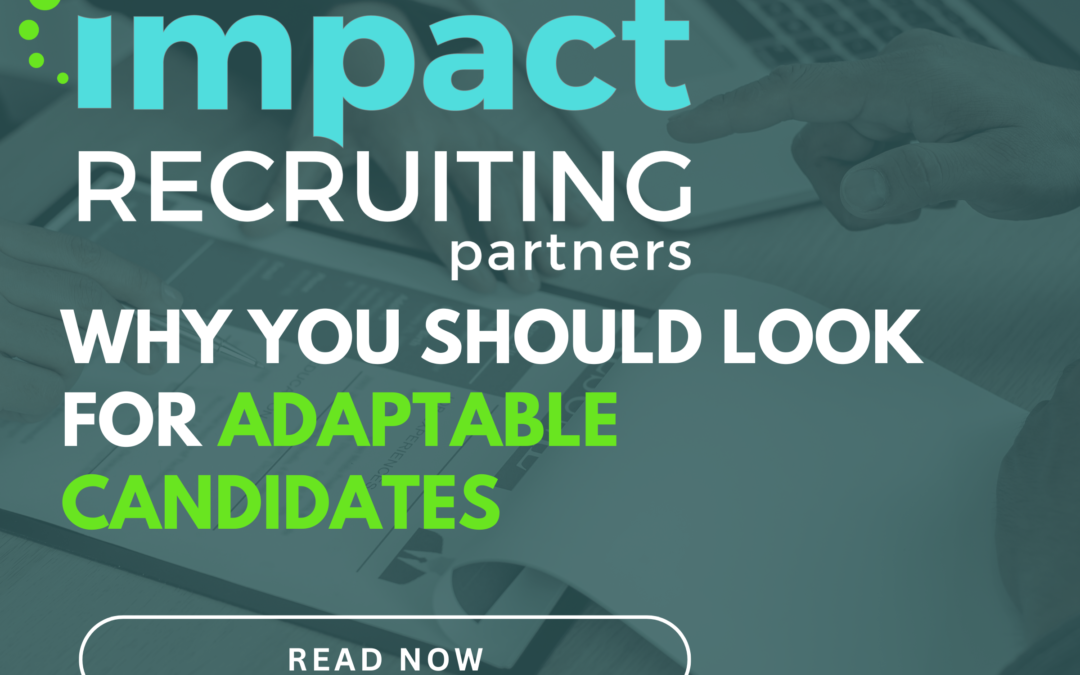The way we conduct business is constantly changing, especially in today’s digital age. Technology is advancing rapidly, the market shifts constantly, and businesses can become redundant with the advent of generative AI. With these factors, organizations have been recognizing the importance of a workforce that can pivot and adapt to new scenarios effectively. This article will explore essential strategies that recruiters and hiring managers can use to identify and hire adaptable employees to build a workforce resilient to change.
Before you can hire for adaptability, you must define what that means within the context of your organization. Does it mean that someone would have to handle rapid changes in workload, learning new skills quickly, working in a fast-paced environment, or being proficient in new technology? Once you have a clear definition of what adaptability would entail in your business, you can communicate this requirement in job descriptions and interviews, as well as be better suited to identify candidates of the best fit.
One of the best ways to identify a candidate’s agility and adaptability to change is through well-constructed interview questions. Questions like:
• Can you describe a time when you had to adjust to a significant change at work? How did you handle it?
• Tell us about a project that did not go as planned. What did you do?
• Have you ever had to learn a new skill to complete a task or essential business function? How did you approach this?
These questions are more than just surface level and dig deep into how candidates perceive and react to change within their workplace. Depending on the candidate’s response, you can glimpse into their potential or ability to be an adaptable employee.
During the recruitment process, look for evidence of adaptability in the candidate’s work history. Job roles that involve cross-functional projects, frequent shifts in role responsibilities, or environments that are dynamic suggest that the candidate may be well-versed in adapting to new challenges. A resume that shows progression, the assumption of new responsibilities, or a variety of roles can also be a good indicator of an adaptable nature.
Another great way to determine adaptability is by asking them how many times they have had to quickly master a new skill or adapt previous work experience to a new industry. These questions can be very illuminating towards the candidate’s acuity towards change. Those who show a commitment towards continuous learning through professional development courses or by self-teaching often have great adaptability.
An employee’s responsiveness to change can also be tied to how well they fit within the company culture. If your organization frequently shifts in response to industry trends or technological advances, a candidate who thrives in stable, predictable environments may struggle. During the interview, explore how they’ve adapted to different workplace cultures and what they look for in an ideal workplace.
By focusing on adaptability during the hiring process, companies can ensure they are selecting candidates who are not only skilled and qualified but also ready and willing to grow, learn, and pivot as needed. These strategies will help you identify and hire individuals who will contribute to the robustness and flexibility of your workforce, enabling your company to navigate the challenges of tomorrow successfully.

